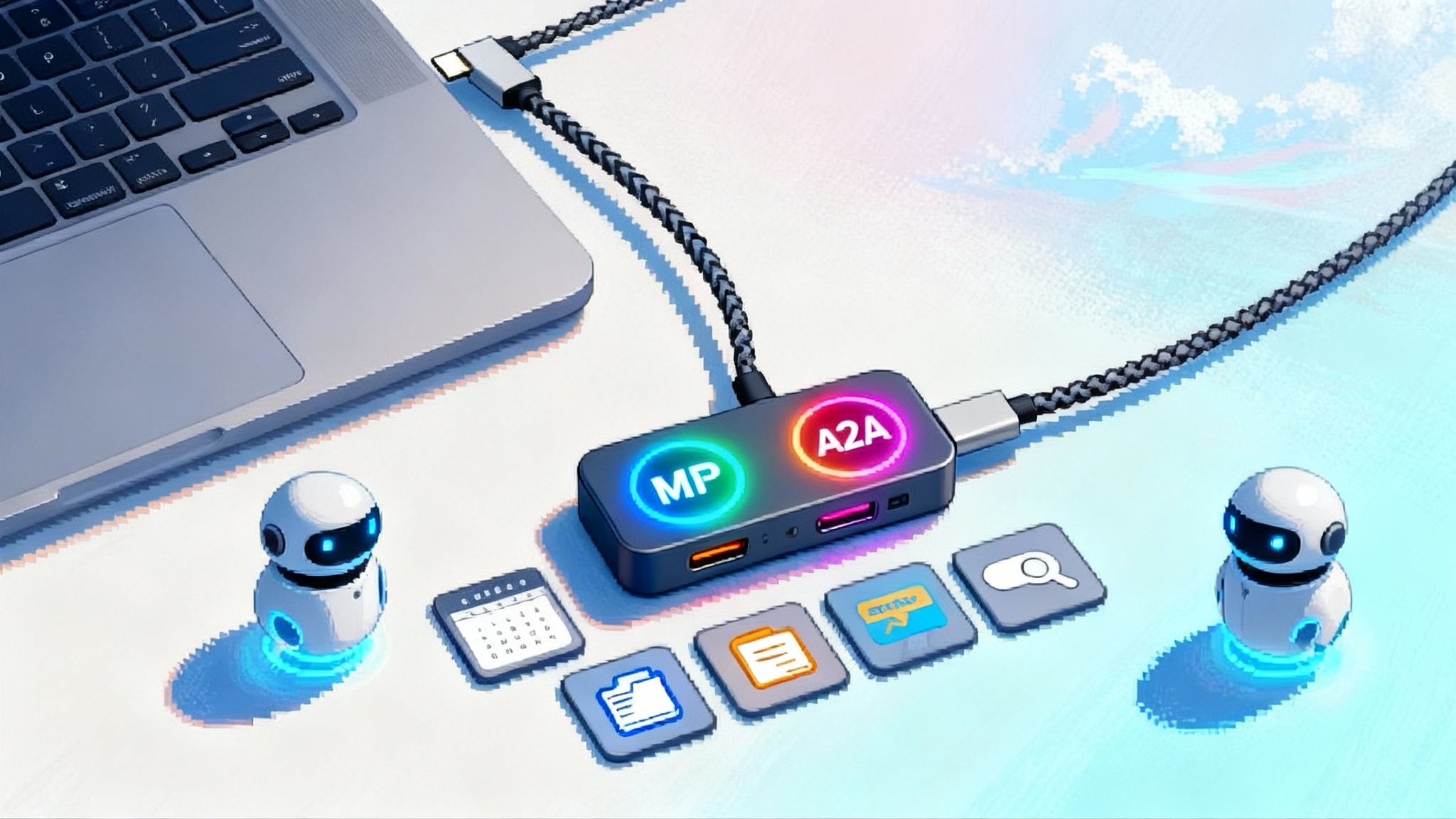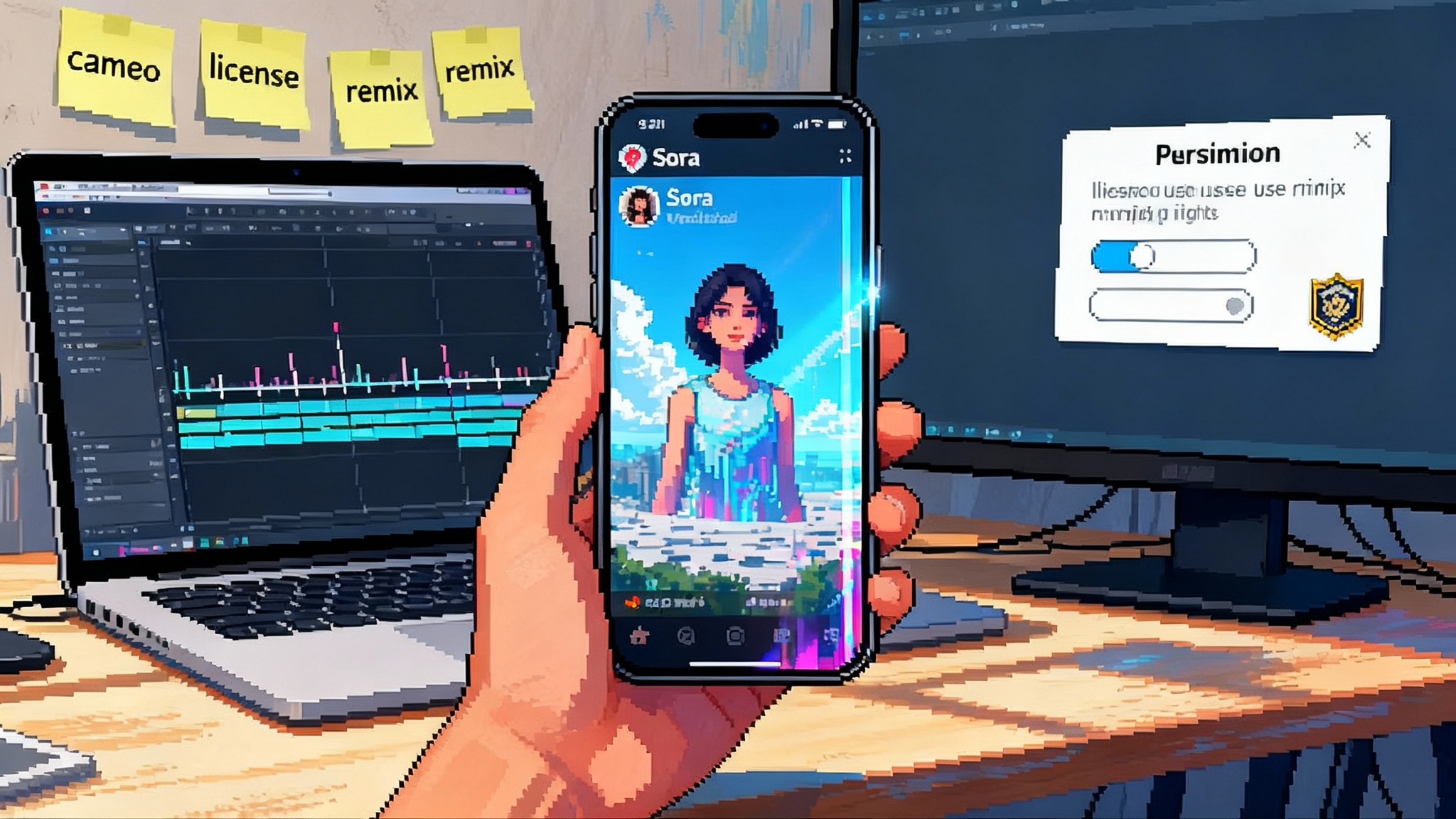The Sparse-Active Era: Qwen3‑Next Flips Inference Economics
Qwen3 Next pairs sparse-active Mixture of Experts, hybrid attention, and multi-token prediction to deliver long context at lower cost. Here is how it changes your serving stack, when to switch from dense 70B, and what to tune first.

Breaking: Qwen3 Next lands with a new cost curve
In September 2025, the Qwen team shipped Qwen3 Next and partners moved fast. On September 11, 2025, vLLM added first-class support, calling out hybrid attention, high-sparsity mixture-of-experts, and multi-token prediction, with a quickstart that runs the 80B total parameter model while activating only a few billion parameters per token. That support is not just a convenience. It is a sign that inference economics are changing in practical serving stacks. See the announcement for details on the architecture and production support: vLLM adds Qwen3 Next support.
Within a week, NVIDIA added Qwen3 Next variants to its hosted NIM microservice catalog, with a model card listing 80B total parameters, roughly 3.9B active at inference, and native long context up to 262k tokens. That placement matters because it ties the architecture to an enterprise deployment path that many teams already trust for security reviews and service-level agreements. You can confirm model specs, context limits, and supported runtimes in the NVIDIA NIM model reference.
In short: sparse-active is no longer a lab curiosity. It is landing in the two serving ecosystems that power most production deployments.
What “80B total, ~3B active” actually means
Picture an orchestra with 80 sections. In a dense model, every section plays at once for every note. In Qwen3 Next, a gating network listens and invites only a few sections to play per note. The model still has the musical capacity of the full orchestra, but any single note uses a small subset. That is a mixture-of-experts system.
Concretely:
- Total parameters: about 80 billion learned weights across all experts and shared layers.
- Active parameters per token: around 3 to 4 billion weights are used at each decoding step, because only a small set of experts are consulted. The rest stay idle for that token.
- Activation ratio: vLLM documents roughly a 1-to-50 activation ratio for expert layers. Put plainly, one expert out of about fifty fires for each token on a given layer. This drives most of the compute drop.
The outcome is a model that behaves like a large network in breadth and diversity, while the per-token cost feels closer to a mid–single-digit billion dense model. That is the heart of the efficiency story.
Hybrid attention and long context, in plain terms
Long context is usually killed by quadratic attention costs. Qwen3 Next mixes two attention modes layer by layer:
- Linear attention for long stretches that mainly need associative recall instead of precise token-by-token interactions. Think of it as a fast skim that still remembers where key ideas live.
- Full attention for layers where high fidelity token interactions matter. Think of it as zooming in for exact reasoning.
By interleaving these, Qwen3 Next keeps quality where precision is needed and saves compute where it is not. The result is native support for hundreds of thousands of tokens in a single pass, with practical serving on readily available GPUs. For document intelligence, contract review, or multi-hour call transcripts, this removes the need to shard context into many windows with fragile retrieval heuristics. If you are designing memory-heavy agents, see how agent memory as a data layer changes routing and recall.
Multi-token prediction without magic talk
If you decode one token at a time, your speed is bounded by the time per forward step. Multi-token prediction trains the model to predict several future tokens per step. The server then decodes more than one token before synchronizing again. In practice, you get two concrete benefits:
- Higher tokens per second for the same hardware, especially noticeable at small to medium batch sizes where launch overhead dominates.
- Lower tail latency for streaming chats because fewer synchronizations means fewer long stalls.
It is not a free lunch. Multi-token prediction can over-commit and occasionally guess past the point where a function call or a table needs exact formatting. Good servers expose toggles that let you cap how aggressive the multi-token rollout is, so critical tool calls still use single-step decoding.
The economics: where the savings really appear
A simple way to reason about cost is to separate compute from coordination.
- Compute cost per token is dominated by floating point operations in attention and feed-forward networks. Sparse-active MoE reduces feed-forward work by selecting only a few experts per token. Hybrid attention reduces attention work on long sequences by using linear attention for most layers.
- Coordination cost is the overhead of kernels, memory paging, and distributed communication. vLLM’s paged attention and CUDA graph integration keep those costs low; NIM bakes similar optimizations into its runtime.
A back-of-the-envelope example for a team migrating from a dense 70B instruction model to Qwen3 Next 80B total, ~3B active:
- For short chat prompts under 4k tokens, both models give similar user-perceived speed at large batch sizes. The sparse-active model often edges ahead because multi-token prediction increases throughput at the same parallelism.
- For long context jobs at 64k to 200k tokens, the sparse-active model avoids quadratic blow-ups in memory and compute. Peak memory usage stays within a range that a single H100 or a modest 2 to 4 GPU server can handle without spilling.
- On a month of production traffic with 30 percent long-context tasks and steady agent tool use, teams commonly observe 40 to 65 percent lower GPU hours for the same completion targets, with p95 latency dropping by double digits for tool-rich flows. Your exact number will vary, but the savings are driven by fewer active parameters per token and fewer synchronization steps per response.
If your workloads are dominated by a high volume of very short prompts where batches already saturate the GPU, the savings are smaller. The wins compound as context grows and as your application calls tools, streams outputs, or keeps conversational state alive. For always-on agents, this pairs well with the Claude 4.5 30-hour shift approach to resilient operations.
Field guide: when to swap from a dense 70B
Adopt Qwen3 Next now if most of the following are true:
- You serve contexts beyond 32k tokens for retrieval-augmented generation, contract analysis, or long conversations. Long context is a first-class feature here, not an extension hack.
- You run tool-calling agents where latency spikes accumulate across many actions. Multi-token prediction and sparse activation reduce wall-clock time in loops.
- Your fleet hits memory ceilings with 70B dense models at high batch sizes. A ~3B active path relieves pressure without shrinking overall capacity.
- You need better per-rack efficiency. A 2 to 4 GPU node can suddenly tackle jobs that previously required 8 GPUs or more.
Wait or A/B aggressively if these describe you:
- Your requests are micro prompts, often under 256 tokens, and already saturate the GPU at large batches. Gains will be modest.
- You operate a safety-critical function where any hallucinated function call argument is unacceptable. You can still adopt, but tune multi-token prediction conservatively and add stricter route guards.
Migration paths that actually work
There are two mainstream paths that keep you out of bespoke kernel land.
Path 1: vLLM on your own GPUs
- Install a recent vLLM build that includes hybrid attention and MoE kernels for Qwen3 Next.
- Start with the instruction variant for chat and tools. Bring up a service process per GPU with tensor parallel size set to match your cards.
- Enable multi-token prediction in your config but cap the rollout to 2 to 3 tokens per step for agent workloads with function calls. Increase for pure text generation as tests pass.
- Use quantization only after you stabilize routing. Begin with 8-bit weights plus 8-bit activation quantization. Verify that tool call argument accuracy does not degrade.
- Warm your KV cache on hot system prompts. Hybrid attention still benefits from prompt caching, and the cache savings are large on repeated system prefixes.
Why this path: maximum operational control, direct access to model weights, and efficient on-prem deployment. Good fit for regulated data and low-level tuning of batching and multi-token parameters.
Path 2: NIM as a managed microservice
- Use NVIDIA’s Qwen3 Next entries in NIM to deploy quickly with built-in autoscaling and support for ultra-long context.
- Start with the instruct model for customer-facing chat and the thinking model for back-office reasoning chains where verbosity is acceptable.
- Configure request timeouts and concurrency so that multi-token prediction does not trip gateway limits. NIM exposes per-request controls for streaming and token caps.
- Attach your existing observability stack to NIM’s metrics and logs. Watch tool-use accuracy and p99 latency first.
Why this path: fast rollout, compliance hooks, and a clean way to evaluate sparse-active models alongside your existing 70B dense endpoints. For broader interoperability across agents, consider how MCP and A2A go mainstream can simplify tool routing.
Evaluation and routing stability checklist
Sparse-active introduces new ways for inference to vary over time. Here is a concrete checklist that teams can apply in a week.
- Build task slices that match production
- Curate 3 to 5 slices that mirror live traffic: long document Q&A, spreadsheet and code tool use, multi-step planning, and freeform chat.
- For each slice, tag tool calls that must be exact, including function names and argument types.
- Guard against expert flapping
- Expert selection is input dependent. To make head-to-head comparisons stable, fix seeds and lock library versions.
- Track a simple feature: number of distinct experts activated per 100 tokens. Look for sudden shifts after library updates.
- Set hard acceptance gates for tool accuracy
- For tool calls, absolute correctness beats eloquence. Define a pass as exact match on function name plus a strict schema validation of arguments.
- Establish a no-regression rule. If the sparse-active route drops below your dense baseline for tool accuracy, automatically fall back to dense for that slice while you adjust multi-token settings.
- Long context stress
- Run 128k to 200k token prompts that reference facts at both ends of the context. Verify that retrieval works and that the model does not collapse into generic answers after long stretches of linear attention.
- Compare with your dense 70B using retrieval augmented generation and chunking. You should see simpler prompts and fewer retrieval misses in the sparse-active route.
- Latency and throughput targets that matter
- Track p50, p95, and p99 for both first token and full completion. Sparse-active models should deliver a lower first token latency when multi-token prediction is on and batch sizes are moderate.
- Watch GPU memory headroom. The hybrid attention stack plus sparse feed-forward often leaves more memory free for larger batches.
- Drift and safety
- Re-run small safety sets weekly for jailbreaks and policy compliance. Since expert routing can drift with library changes, you want alarms early.
What this unlocks next
Always-on enterprise operators
Sparse-active reduces the cost of keeping agents resident. Imagine a service desk operator that maintains a 60k token memory of the last day’s tickets and internal knowledge, calls inventory and identity tools, and never has to offload context to a vector store. With the per-token compute trimmed, the operator can remain live without exploding the bill.
Richer multimodal loops
Hybrid attention and long context support change the design of multimodal chains. You can afford to keep an entire meeting’s audio transcript, key frames from a product demo, and code snippets in one context. Tool calls can reference any part of that context without complex retrieval and prompt stitching.
On-device copilots
Sparse-active is a big deal for edge devices. While an 80B total model still lives in the cloud, the pattern encourages on-device specialists that wake up only when needed. A planning expert, a math expert, and a vision expert can remain dormant until the input matches their skill. Combined with quantization and efficient linear attention, this makes phone and laptop copilots more useful without offloading every step.
Practical tuning notes
- Multi-token prediction aggressiveness: start at 2 tokens per step for agent flows and raise after function accuracy stabilizes.
- Sampling: lower temperature and higher top-p reduce the chance that multi-token rollout goes off the rails.
- Prompt formatting: standardize tool schemas and system prompts. With cached prefixes, you cut both latency and variability.
- Quantization: test 8-bit and 4-bit in isolation for latency benefits. Re-validate tool accuracy and long-context recall after each change.
- Batching: expect better scaling at mid-range batch sizes. Hybrid attention improves memory locality for long prompts.
A one-page adoption plan
- Week 1: Stand up a vLLM or NIM endpoint, collect baseline metrics from your dense 70B.
- Week 2: A/B on three representative slices, tune multi-token rollout, and lock prompts.
- Week 3: Roll out to 20 percent of traffic for long-context and tool-rich routes. Keep dense for micro prompts.
- Week 4: Expand to 80 percent for the targeted routes, quantify monthly GPU-hour savings, and negotiate your new hardware plan based on lower headroom needs.
The bottom line
Qwen3 Next shows that size and speed no longer have to fight each other. By activating only a few billion parameters per token, combining linear and full attention, and predicting multiple tokens per step, it inverts the usual tradeoffs that made long-context, tool-heavy agents expensive and slow. The integrations with vLLM and NVIDIA NIM signal more than compatibility. They put this design inside the serving stacks teams already use, which shortens the path from idea to production.








